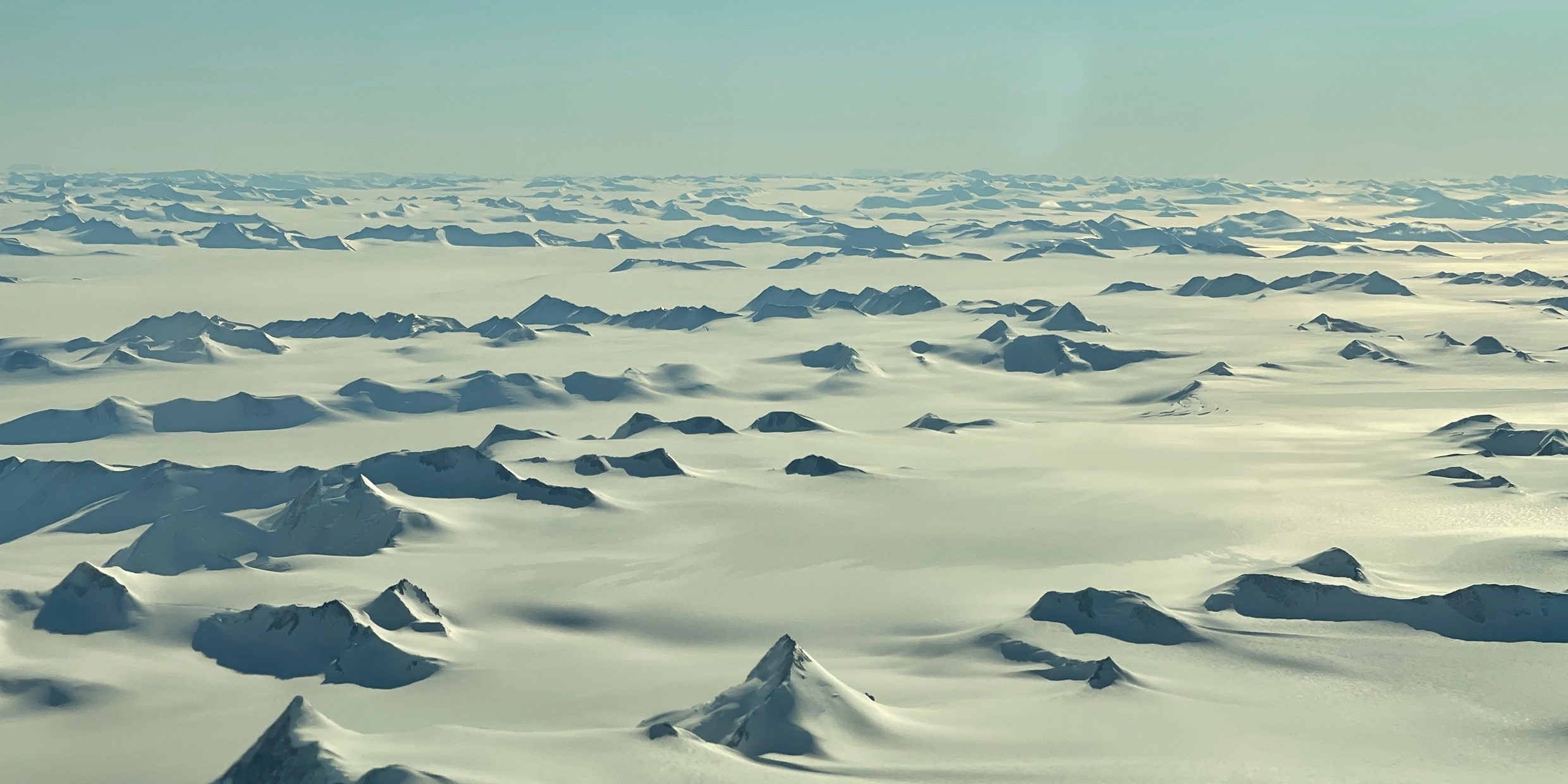Originally published 18 November 1999
It is a story right out of science fiction. Mysterious Island. Lost World. Journey to the Center of the Earth.
Except in this case the story is true.
Deep beneath the East Antarctic ice sheet lies an enormous fresh water lake, known as Lake Vostok after the Russian research station that sits atop it. The lake is 120 miles long, 1,500 feet deep, and covers nearly 5,000 square miles — comparable in size to lake Ontario.
It is capped by a two-mile-thick continent-spanning glacier that moves across it from the interior of the continent to the sea.
The dimensions of Lake Vostok were confirmed in 1996, by radar and seismic sounding. A team of French, Russian, and American researchers have drilled down into the ice cap from Vostok Station, stopping just above the ice-water interface for fear of contaminating the lake.
Here’s the kicker: Lake Vostok has been pretty much isolated from the rest of the Earth’s biosphere for at least a million years, and possibly for as long as 40 million years.
What sort of life exists in the lake? Of course, no one expects to find large plants or animals. But it is not impossible that hot springs on the floor of the lake might provide an energy source that could sustain microbial communities. If so, the microbes have been evolving on their own for what might turn out to be a very long time.
Scientists would love to take a peek into this Lost World. But they are mindful of the need to do so in a way that will preserve the pristine quality of the lake, and the integrity of the terrestrial biosphere.
Researchers from 14 countries met recently in Cambridge, England, to lay plans for exploring this subglacial natural experiment in evolution. They will first map the lake as fully as possible from the surface of the ice, using radar, seismic soundings, and measurements of gravitational and magnetic variations. Then an instrument probe — with lights and camera — may melt its way through the last few hundred feet of ice, sealing itself in from behind by freezing.
Eventually, scientists hope to drill directly into the lake to retrieve water and sediment samples for study in the laboratory.
Someday, far in the future, space explorers will go looking for alien life in the ice-covered ocean that is thought to exist on Jupiter’s moon Europa. The mission to Lake Vostok can be seen as a warm-up exercise for that grander and more ambitious journey to the hidden ocean of Europa.
Of course, exploring Lake Vostok will cost a lot of money — $20 million or more. But it seems unlikely that support will not be forthcoming. The idea of exploring lost worlds is so deeply ingrained in the human imagination that a media buzz is sure to keep the project moving along.
The scientists who wish to explore Lake Vostok should not underestimate popular interest in a body of water that may have been cut off from the world for millions of years. The ice-bound lake is an ideal place to find a monstrous creature that has been breeding in cold darkness since — well, why not? let’s stretch a little — since the time of the dinosaurs.
A lake without a dinosaur relict is hardly a lake at all.
Loch Ness in Scotland holds the prototypical hidden beast. Not even decades of fruitless search have convinced the Nessie faithful that a dinosaur does not live in that lake’s depths.
Champ, the dinosaur-like creature that lives in Lake Champlain, is 20 times larger than his Scottish cousin — at least according to the web sites devoted to its cult.
Chesapeake Bay cherishes Chessie, another giant aquatic reptile, and Lake Tahoe in California has Tessie. A creature called Manipoga lives in Lake Manitoba, Canada. A Mexican lake named La Alberca boasts a dinosaur, and certain lakes in Zaire are purportedly teeming with monsters, Mokele-mbembe chief among them.
Several lakes near the place in Ireland where I spend my summers have legends of mysterious creatures. A history of Kerry published in 1756 mentions an animal called the Carrabuncle that supposedly lives in the Lakes of Killarney. Near Dingle, in Kerry, legend tells of a Carrabuncle that lives in Lough Veagh, or sometimes Lough Geal. This animal appears only once every seven years, glistening like silver in the water at night. Gold and precious gems hang on its skin, and if only you could catch it, so the story goes, your life would be blessed with riches.
Of course, no one with half a brain takes any of these legends seriously, but their prevalence tells us something important about the human psyche, the same lesson we learn from the popularity of films like Jurassic Park. Hidden worlds with monstrous creatures are archetypal images of myth and dream.
All of which will help the Lake Vostok researchers raise the money to sink their probe into those pristine waters. An aquatic dinosaur with gold and gems hanging on its skin might make the project self supporting, but even few species of million-year-old bacteria would be a scientific thrill.
A pristine water sample was collected from Lake Vostok in 2015, but to date, no extensive probing of its depths has yet been achieved. ‑Ed.



